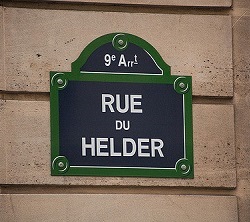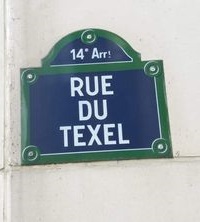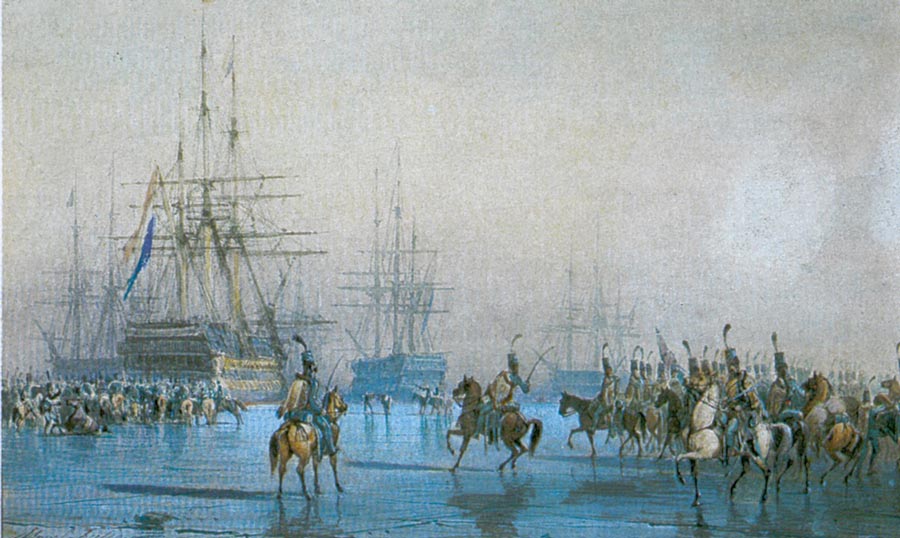

It was January 1795 and it was cold. So cold even, that the Dutch Republican Fleet lay frozen at anchor between Den Helder and Texel. This was one of those harsh winters during the so-called Little Ice Age.
Around that same time, the French Revolutionary Army decided to invade the Dutch Republic. Unfortunately, the Dutch Fleet was defenceless in these icy conditions North Holland. As a result, the capture of the Dutch fleet was a mere formality. This is probably the only time in history when men on horseback captured a fleet of ships. But that basically is what happened. To commemorate the victory, the French named two Parisian streets after this event. These streets are still named “Rue du Texel” and “Rue du Helder”.
Historically, climate changes (such as the “Little Ice Age”) were caused by natural phenomena. The current global warming, however, is largely caused by human activity. We humans really need to change our behaviours to avoid a climate catastrophe. And we’re running out of time…
But there’s hope (and some coincidence). The Paris Agreement was signed in the same city that has streets named after Texel and Den Helder. Both places are located in the Dutch province North Holland. And exactly there, the transition to sustainable energy is taking shape by investing in wind, solar, and tidal energy.
